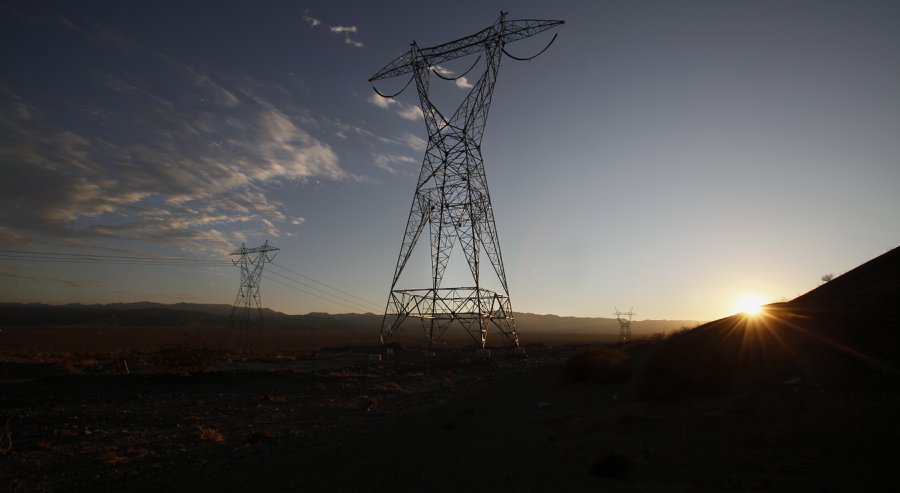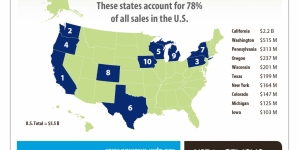-
Tips for becoming a good boxer - November 6, 2020
-
7 expert tips for making your hens night a memorable one - November 6, 2020
-
5 reasons to host your Christmas party on a cruise boat - November 6, 2020
-
What to do when you’re charged with a crime - November 6, 2020
-
Should you get one or multiple dogs? Here’s all you need to know - November 3, 2020
-
A Guide: How to Build Your Very Own Magic Mirror - February 14, 2019
-
Our Top Inspirational Baseball Stars - November 24, 2018
-
Five Tech Tools That Will Help You Turn Your Blog into a Business - November 24, 2018
-
How to Indulge on Vacation without Expanding Your Waist - November 9, 2018
-
5 Strategies for Businesses to Appeal to Today’s Increasingly Mobile-Crazed Customers - November 9, 2018
California regulators set to overhaul home electricity costs
For years, Southern California Edison, Pacific Gas & Electric and San Diego Gas & Electric have wanted to raise rates for those who use the least and lower rates for those who use the most, and the California Public Utilities Commission made it happen in a 5-0 vote.
Advertisement
PUC Commissioner Michael Florio, who was among officials who crafted proposals for PUC to consider, admitted that the main issue was how restructuring of electricity rates would affect poor consumers in the state. Legislators at the time capped costs on basic use to protect households from huge swings in energy bills, prompting utilities commissioners to expand usage tiers and capture more money from higher users. The result will likely be rate hikes for numerous lowest users. But it became a moot point when, at the last moment, they reached a compromise that will shrink rates back down to two tiers with a surcharge on the highest energy users.
“The problem with having the rates be frozen for so long is, as utility costs increased, as the commission continued to approve rate increases for the utilities, those increased revenues had to come from only the customers that used more thatn 130 percent of baseline”.
“This is a lose-lose for customers, but business as usual for the CPUC, which has once again done PG&E, Edison and SDG&E’s bidding”, Mark Toney, executive director of The Utility Reform Network, a San Francisco-based ratepayer advocacy group, said in a statement.
Mike Campbell, program director of the Office of Ratepayer Advocates, said he did not have an analysis of the new proposal, but he expected the majority of customers will see their bills increase. Picker said such a system will dovetail better with California’s increasing reliance on renewable energy sources, such as solar, which generally can’t produce as much electricity during those hours. “It’s a matter of fairness”.
It also denies utility requests for broad permission to impose fixed monthly charges that could make rooftop solar less cost competitive, opting for a minimum bill approach instead, at least as a default for future rate plans. They said wealthier households can afford to put in solar panels, and thereby reduce electricity use, while larger families may be stuck in high-temperature zones or apartments without built-in energy efficiencies. They criticized the Public Utilities Commission for presenting a revised proposal late Wednesday and voting Friday, which is a federal holiday, although not a state holiday.
Small and moderate consumers of electricity will bear a greater share of costs as California does away with consumer protections approved in response to the 2000-2001 energy crisis.
Advertisement
The new plan also keeps the pressure on the state’s big three investor owned utilities to create time-of-use (TOU) rates to charge more when electricity demand is at its peak. The original plan by Picker called for a 20 percent difference. By 2019, the number of tiers will be reduced from four to two, with a price difference of just 25% between them.





























